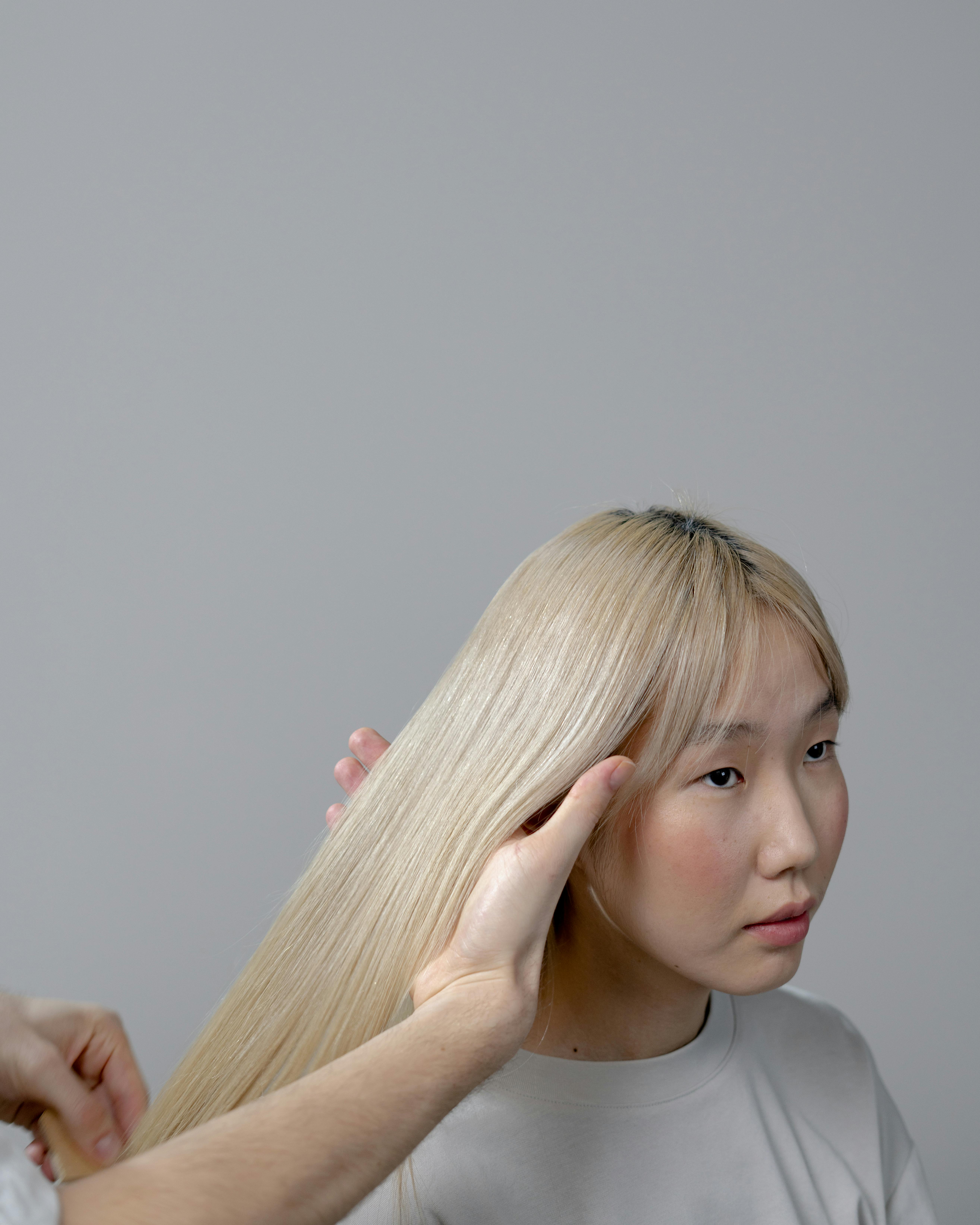A Comprehensive Look at Hair Transplants: From History to Modern Techniques
Hair transplant surgery, a procedure to move hair follicles from one part of the body to another, has its roots in Japan. In the late 1930s, Japanese dermatologists Okuda and Tamura pioneered the use of small grafts of hair-bearing skin to repair eyebrows and scalp hair lost due to burns. However, their innovative work did not garner global recognition until several years later, largely due to the disruption of World War II.

In the West, the history of hair transplantation can be traced back to the 1950s, when New York dermatologist Norman Orentreich began to experiment with donor grafts on patients with male pattern baldness. Despite initial skepticism from the medical community, Orentreich’s work laid the groundwork for modern hair transplant techniques and his concept of “donor dominance” remains a cornerstone in the field.
The Evolution of Hair Transplant Techniques
Over the decades, hair transplant techniques have evolved dramatically. Early procedures often resulted in a “pluggy” or “doll hair” look, as large grafts containing multiple hair follicles were transplanted into balding areas. This approach frequently led to unnatural looking results and was a major drawback of early hair transplant surgeries.
The 1980s marked a significant turning point in the field, with the introduction of “mini-micrografting”. This technique, which involved the use of smaller grafts containing 1-3 hairs, allowed for a much more natural appearance.
Today’s most common techniques, Follicular Unit Transplantation (FUT) and Follicular Unit Extraction (FUE), further refined the process. Both methods transplant follicular units - natural clusters of 1-4 hairs - but differ in how these units are harvested from the donor area. FUT involves removing a strip of scalp, while FUE extracts individual follicular units, leaving minimal scarring.
The Impact and Perception of Hair Transplants
Hair transplant surgery has had a significant impact on those struggling with hair loss, providing a permanent solution to a problem that can cause distress and impact self-esteem. The public perception of hair transplants has also changed over time. Once stigmatized and seen as a desperate measure, these procedures are now viewed as a more commonplace approach to addressing hair loss.
The rise of celebrity endorsements, with high-profile figures openly discussing their procedures, has played a substantial role in the shift in attitude towards hair transplants. As a result, the number of procedures performed globally has increased dramatically over the past two decades.
Unique Insights into Hair Transplant Surgery
While the end goal of hair transplant surgery is to improve appearance and restore confidence, it is important to understand that it is a surgical procedure with its own risks and limitations. It requires a skilled surgeon, not just to perform the procedure, but also to plan the transplant design to achieve a natural-looking result.
Another crucial factor often overlooked is the finite nature of donor hair. Since hair loss can progress over time, preservation of the donor area is essential for potential future procedures. This also underscores the importance of medical therapies, such as minoxidil and finasteride, in the management of hair loss.
The Future of Hair Transplants
Research into hair transplants continues to advance, with new techniques and technologies constantly being explored. One promising area is the use of stem cells to potentially grow new hair follicles. While this technology is still in its early stages, it could revolutionize the field by providing an unlimited source of donor hair.
Hair transplant surgery has come a long way since its inception, continually evolving to provide increasingly natural and impressive results. As the science behind it continues to progress, so too does the hope for those seeking a solution to hair loss.




